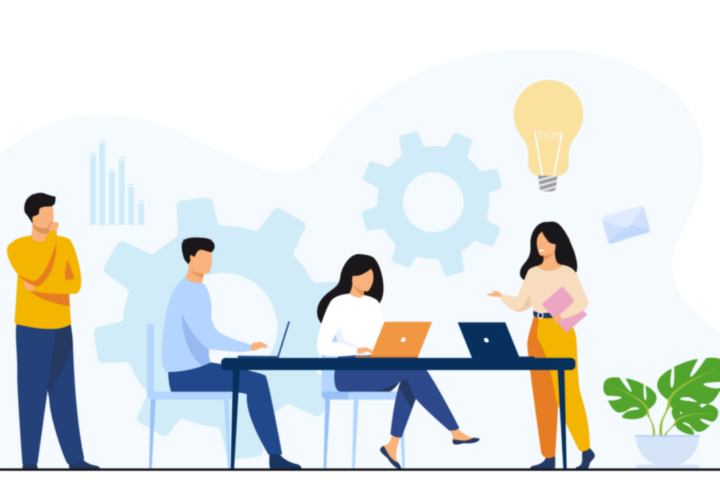Translation software provides almost instantaneous results and certainly comes at a far lower cost per page, but how accurate is machine translation software compared to manual translation? Take a look to learn more about how accurate translation is when a machine does the job for you.
Problems with Translation
Some major hurdles have to be tackled in translation to produce accurate results. Whether manual or machine translation, here are some of the main issues of translating words into a different language.
1) Tone
Some languages are dynamic and can change meaning through the smallest details. By providing a flat translation, the target audience can miss out on the implied meaning conveyed in the tone. An accurate translation doesn’t only include specific words. It also needs to convey the tone and feel of the original text accurately.
2) Unique Words or Ideas
Language shapes how people see the world. There are ideas, words, or phrases in some languages that simply do not exist in others. Translations have to deal with these differences and do their best to make sense of these foreign terms.
For example, the unique Swedish word orka doesn’t translate to English. In the most simple description, orka describes the level of energy or passion you have for a particular job. For example, if you’re excited to go out and do your job for the day, you orka. But it gets tricky. It is also used to describe when you don’t want to do something or when you just can’t take it anymore. When a child is told to clean their messy bedroom and flop on the ground screaming, they don’t orka. And the parent pulling out their hair dealing with their fussy child doesn’t orka either.
Translators have to understand the unique word in its original context and then promptly and accurately convey that unique idea in the target language.
3) Layered Meaning
Some languages, like English, reuse, misuse, and repurpose a single word to do many grammatical jobs. Translations have to account for all these meanings and accurately select the appropriate option to get the right idea across.
Complex or uncommon words are easy to translate because they have one definition. The real trouble words in translation are common words with layered meanings. For example, the English word “dog” can refer to any one of 15 different definitions.
Language Translation Software Accuracy
Machine translation isn’t as alien as you think. There is a wide range of online translators where you copy the text in one language and have it instantly translated into a target language. Even some web browsers and social media platforms will automatically translate text, and it is all done with machine translation.
The problem with these free translation programs, besides data privacy and protection issues, is that they are notoriously inaccurate as sentence complexity and vocabulary levels increase. Basic phrases like “Where is the bathroom?” don’t pose a problem, but even slightly more complex phrases can cause issues.
The reason for this is that basic translation software only uses a substitution translation process. For example, the software understands that the word “book” in Spanish is libro, so any time it encounters “book,” it automatically replaces it with libro. This substitution may not work when the sentence should convey the meaning as “reserve.”
Substitution translation can be extremely inaccurate because it does not address tone, unique words, or layered meaning.
SYSTRAN Neural Translation Software
SYSTRAN translation solutions go beyond substitution translation and use AI machine learning to create more accurate professional translations; medical document translation is just one example. It combines machine translation with language models, translation memories, client dictionaries, and SYSTRAN’s dictionaries. For additional clarity, many organizations also use a machine translation post editing process, which ensures 100% correctness – critical for important documentation and patent applications.
Together they can more accurately identify and recreate the tone of the original content, add context, accurately translate unique phrases or ideas, and better resolve words with layered meanings.
SYSTRAN’s Pure Neural Server has made SYSTRAN the most accurate translation software. Contact us for a free demo and to find out more about SYSTRAN.





